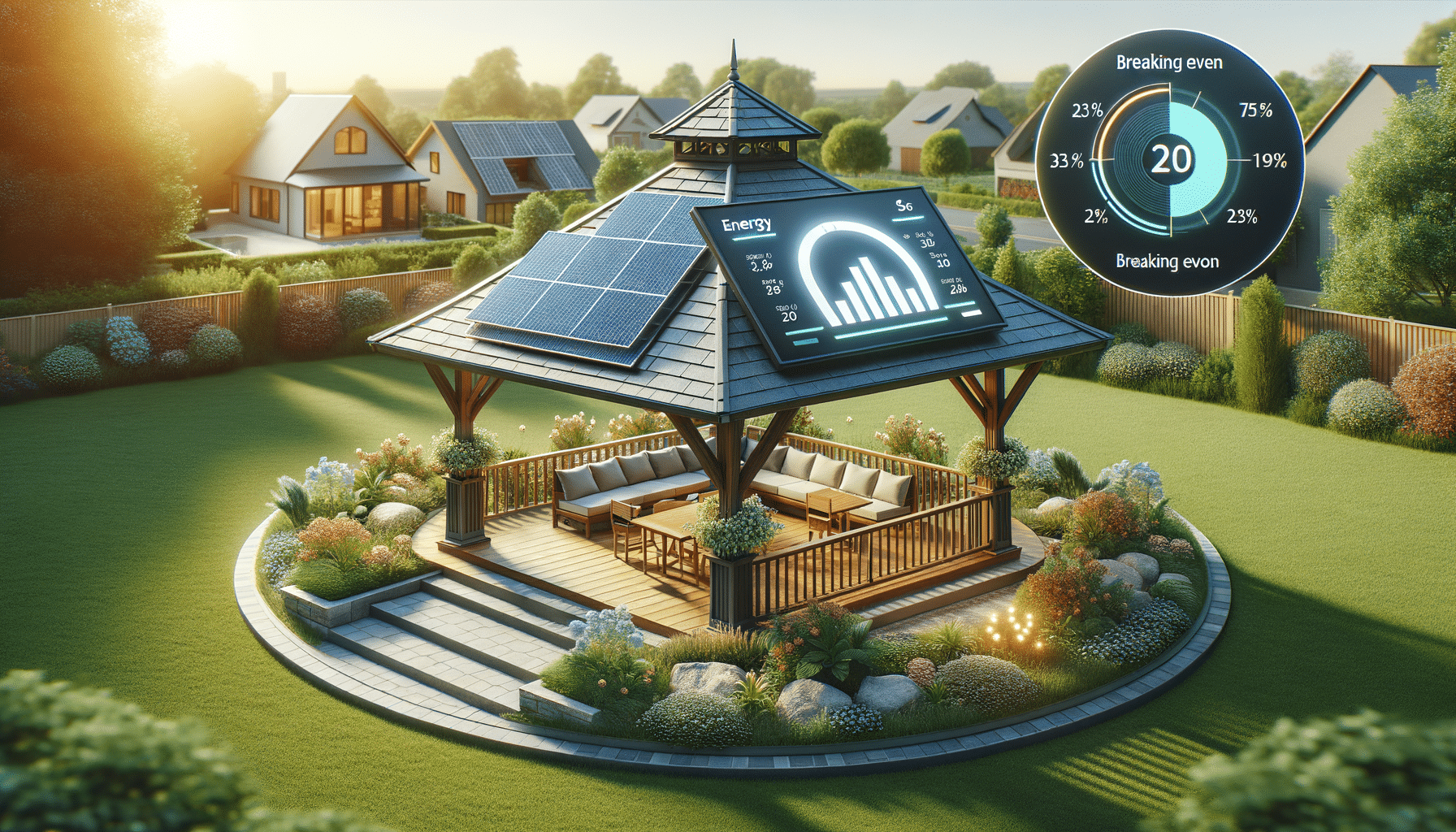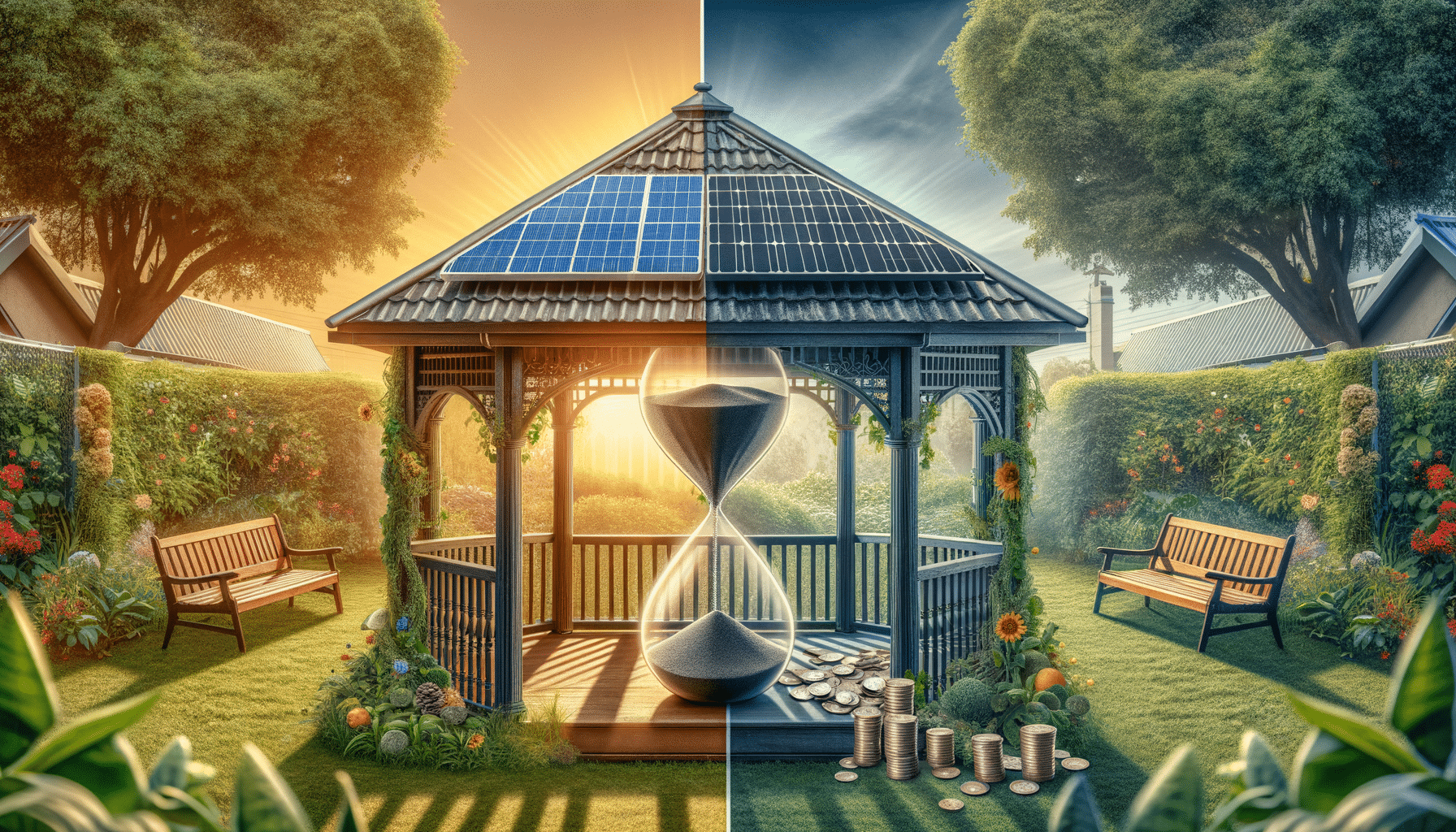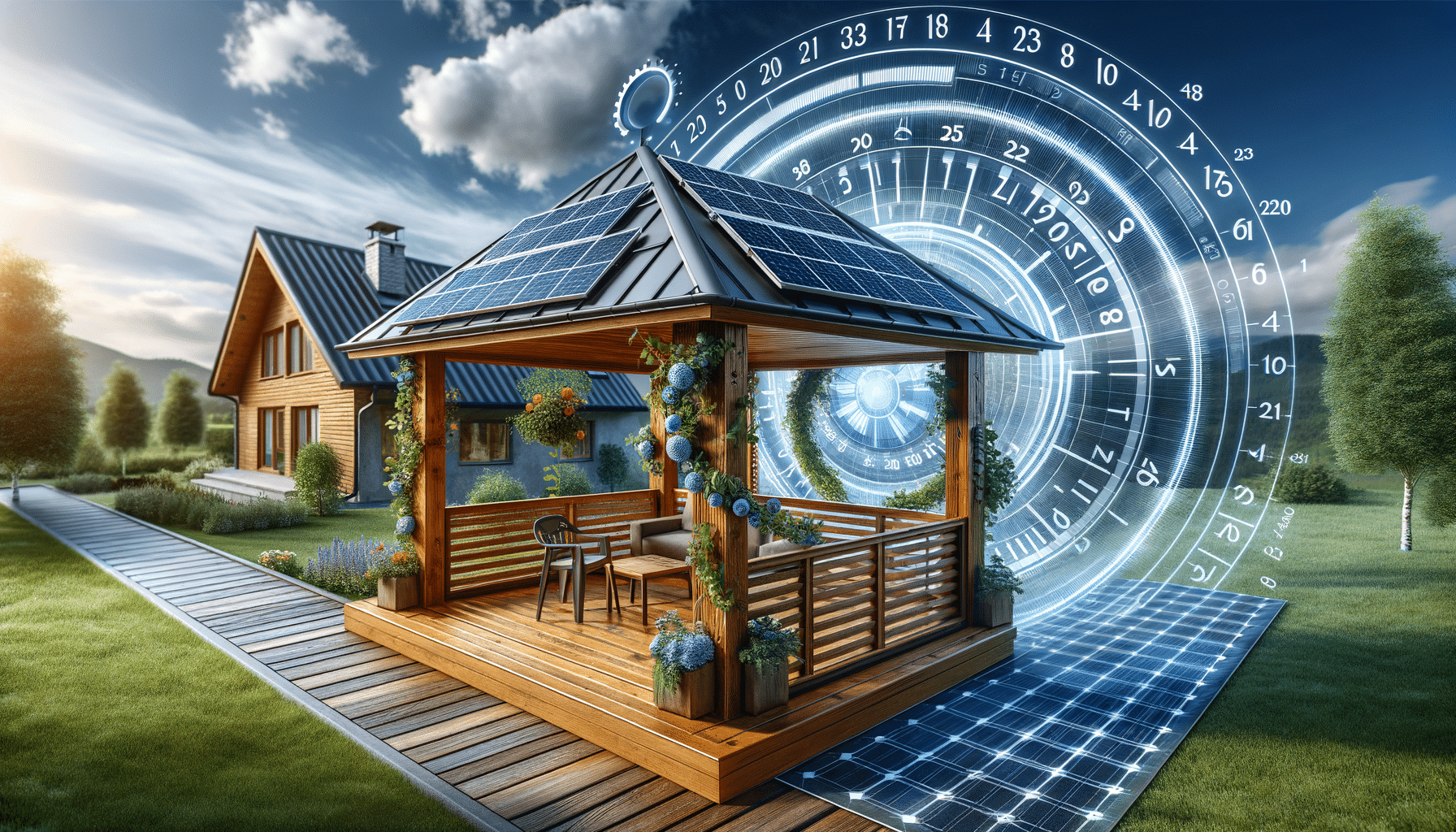
How Many Months Before a Solar Gazebo Covers Its Cost?
Introduction to Solar Gazebos
Solar gazebos are an innovative solution to harnessing solar energy in a stylish and functional way. These structures not only provide a shaded outdoor space but also generate electricity through solar panels integrated into their roofs. As more homeowners and businesses look to sustainable energy solutions, solar gazebos have emerged as a popular choice. They offer the dual benefits of enhancing outdoor spaces while contributing to energy efficiency. But a common question arises: how many months before a solar gazebo covers its cost? Understanding the financial implications and the potential return on investment is crucial for anyone considering this eco-friendly addition.
Initial Costs and Installation
The initial cost of a solar gazebo can vary widely depending on factors such as size, design, and the quality of materials used. On average, a basic solar gazebo might cost between $5,000 to $10,000. This includes the structure itself and the solar panels. Installation costs can add another $1,000 to $3,000, depending on the complexity of the setup and local labor rates.
When planning for a solar gazebo, it’s important to consider:
- The capacity and efficiency of the solar panels
- The materials used for the gazebo structure
- Additional features such as lighting or electrical outlets
While the upfront investment may seem significant, the long-term savings on electricity bills can offset these costs. Additionally, many regions offer tax incentives or rebates for solar installations, which can further reduce the financial burden.
Energy Savings and Environmental Impact
One of the primary benefits of a solar gazebo is the reduction in electricity costs. Depending on the size and efficiency of the solar panels, a gazebo can generate a substantial amount of electricity, potentially powering outdoor lights, appliances, or even contributing to the overall energy needs of a home.
Moreover, the environmental impact of a solar gazebo is noteworthy. By utilizing renewable energy, homeowners can significantly reduce their carbon footprint. This not only contributes to a more sustainable environment but also aligns with global efforts to reduce reliance on fossil fuels.
Key environmental benefits include:
- Reduction in greenhouse gas emissions
- Decreased reliance on non-renewable energy sources
- Promotion of sustainable living practices
Calculating the Break-even Point
Determining how many months it will take for a solar gazebo to cover its cost involves calculating the break-even point. This is the point at which the savings on electricity bills equal the initial investment cost. Several factors influence this calculation, including local electricity rates, the amount of sunlight received, and the efficiency of the solar panels.
For example, if a solar gazebo reduces electricity bills by $50 per month, and the total cost of installation was $8,000, it would take approximately 160 months, or just over 13 years, to break even. However, with potential tax incentives and rising electricity costs, this period could be shorter.
It’s essential for potential buyers to conduct a detailed analysis based on their specific circumstances to make an informed decision.
Conclusion: Is a Solar Gazebo Worth the Investment?
Investing in a solar gazebo can be a rewarding decision both financially and environmentally. While the initial costs may seem daunting, the long-term savings and benefits often justify the investment. By generating renewable energy, homeowners can enjoy reduced electricity bills and contribute positively to the environment.
Ultimately, the decision to install a solar gazebo should be based on a thorough evaluation of financial capabilities, energy needs, and environmental goals. With careful planning and consideration, a solar gazebo can be a valuable addition to any property, offering both aesthetic appeal and sustainable functionality.


